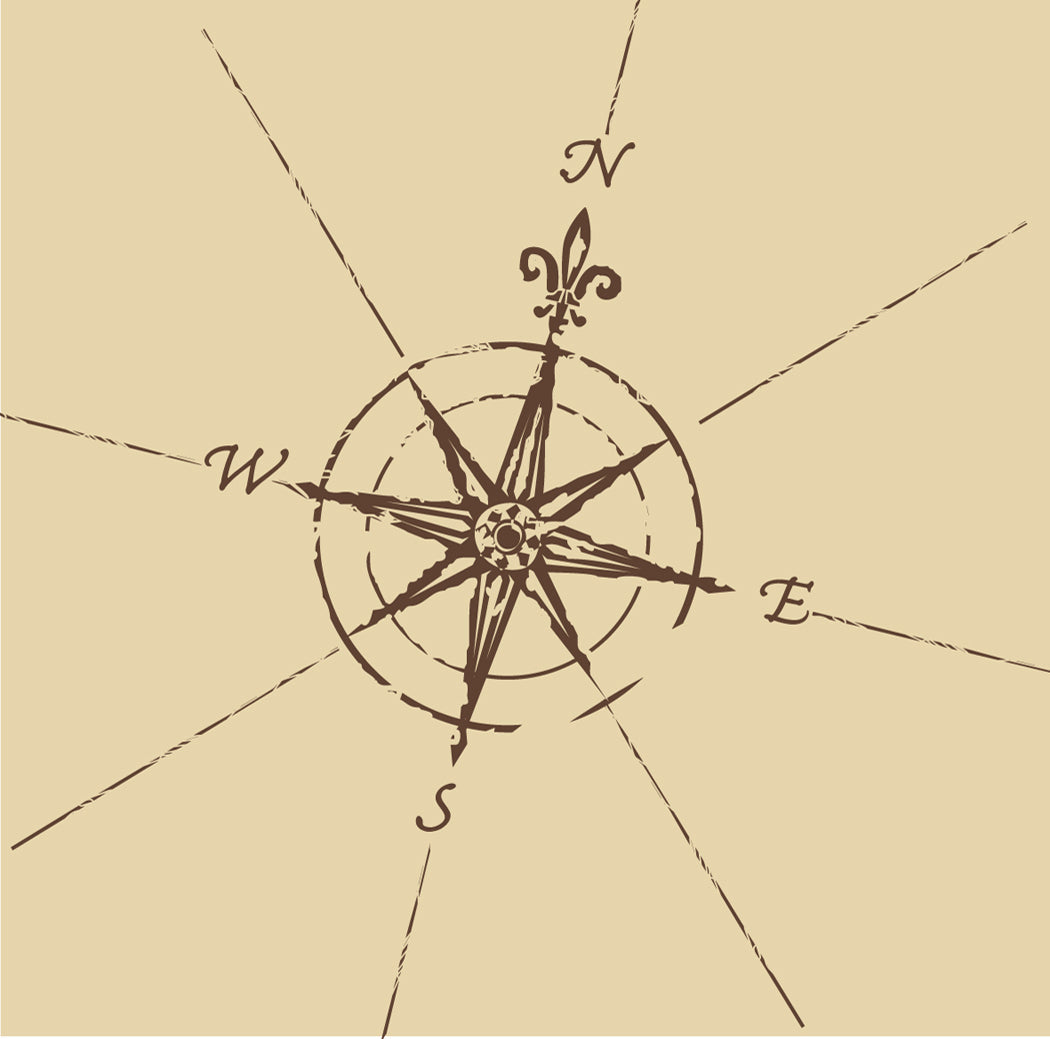Mapping your Financial Future

 We live in a world that is very visual. We look at economists’ colorful charts that show us where the economy is headed. We watch meteorologists use computer graphics to explain the week’s weather patterns. When creating your own personal financial plan, you can use graphics as well. Think of your financial plan as a financial map complete with roads, terrain and horizons.
Think about those meteorologists presenting their predictions. Do you find that they’re always accurate? Probably not. When it comes to a financial plan, however, it’s much easier to map a financial course than it is trying to predict the economy or the weather. It just takes a little work on your part.
Think of your financial plan as your GPS to financial confidence. As in any “road trip” there may be some events or situations that occur – you may stop off to fill up your gas tank, or you may take a break to eat. You may even have to change your route or your plans if you run into road repair work.
Just as in a physical road trip, there may be life situations that will require you to make adjustments in your financial plan. Your marital status could change, you may have a child, or you or your partner may retire. To account for these and other realities of life, you’ll want to identify Milestones and Destinations (Goals) for your map:
Milestones – What are the milestones along the way? Milestones are items that represent a change, but that are not necessarily a goal. For example, your children may start college or your Social Security payments could start. Take some time to sit down and think about all the milestones that could happen to you in your lifetime.
Destinations (goals) – We’re all familiar with the importance of setting goals, but when you add goals to your financial map, don’t make them too rigid. A financial plan must have some flexibility built into it. To help keep you on track, though, your goals must have dollar amounts and time horizons attached to them. For example, you may want to save $150,000 by September to put towards a down payment on a house.
To help you with prioritizing your goals, you should also have a numeric ranking for each goal that identifies how important each goal is to you in the big scheme of things. For example, is it more important to you to be able to retire at 60, or is it more important to have that vacation home? Ranking your goals lets you keep a flexible approach in your financial plan.
The beauty of creating a personal financial map is that while you may occasionally stray off course, the map allows you to “readjust” and get back on your destination path. Six months after you set a goal, for example, you may find you need to adjust the path that will get you there.
Creating a personal financial plan is not hard, but it does take some action on your part to make one and to occasionally revisit and revise it. To help you create your personal financial plan, you may want to enlist the help of a Financial Advisor. They can sit down with you and offer objective advice and support.
Whether you decide to work with a Financial Planner or create your financial map on your own, the goal is to keep some flexibility in your planning, and to think in practical terms as well as in financial terms. Don’t get too frustrated if you temporarily go off course. Financial maps can be useful tools to visualize your goals and to examine your options.
We live in a world that is very visual. We look at economists’ colorful charts that show us where the economy is headed. We watch meteorologists use computer graphics to explain the week’s weather patterns. When creating your own personal financial plan, you can use graphics as well. Think of your financial plan as a financial map complete with roads, terrain and horizons.
Think about those meteorologists presenting their predictions. Do you find that they’re always accurate? Probably not. When it comes to a financial plan, however, it’s much easier to map a financial course than it is trying to predict the economy or the weather. It just takes a little work on your part.
Think of your financial plan as your GPS to financial confidence. As in any “road trip” there may be some events or situations that occur – you may stop off to fill up your gas tank, or you may take a break to eat. You may even have to change your route or your plans if you run into road repair work.
Just as in a physical road trip, there may be life situations that will require you to make adjustments in your financial plan. Your marital status could change, you may have a child, or you or your partner may retire. To account for these and other realities of life, you’ll want to identify Milestones and Destinations (Goals) for your map:
Milestones – What are the milestones along the way? Milestones are items that represent a change, but that are not necessarily a goal. For example, your children may start college or your Social Security payments could start. Take some time to sit down and think about all the milestones that could happen to you in your lifetime.
Destinations (goals) – We’re all familiar with the importance of setting goals, but when you add goals to your financial map, don’t make them too rigid. A financial plan must have some flexibility built into it. To help keep you on track, though, your goals must have dollar amounts and time horizons attached to them. For example, you may want to save $150,000 by September to put towards a down payment on a house.
To help you with prioritizing your goals, you should also have a numeric ranking for each goal that identifies how important each goal is to you in the big scheme of things. For example, is it more important to you to be able to retire at 60, or is it more important to have that vacation home? Ranking your goals lets you keep a flexible approach in your financial plan.
The beauty of creating a personal financial map is that while you may occasionally stray off course, the map allows you to “readjust” and get back on your destination path. Six months after you set a goal, for example, you may find you need to adjust the path that will get you there.
Creating a personal financial plan is not hard, but it does take some action on your part to make one and to occasionally revisit and revise it. To help you create your personal financial plan, you may want to enlist the help of a Financial Advisor. They can sit down with you and offer objective advice and support.
Whether you decide to work with a Financial Planner or create your financial map on your own, the goal is to keep some flexibility in your planning, and to think in practical terms as well as in financial terms. Don’t get too frustrated if you temporarily go off course. Financial maps can be useful tools to visualize your goals and to examine your options.
Leave a comment
Comments will be approved before showing up.




